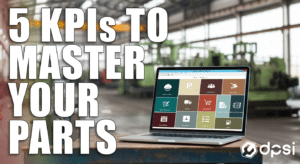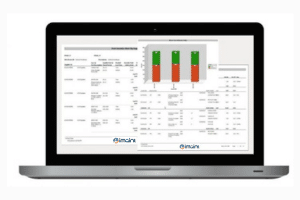The world of maintenance is chocked full of industry-related terminology and jargon. Between PMs and CMs to MRO, CMMS and beyond…there is no shortage of acronyms either. One such acronym is EAM—or enterprise asset management.
What is Enterprise Asset Management (EAM)?
EAM involves taking on the maintenance of assets through planning, lifecycle tracking and other activities. Each organization’s physical assets, facilities and equipment require ongoing maintenance in order to operate efficiently. A lack of proper organization can often lead to deferred maintenance, which grows in both scope and cost the longer it is prolonged. This is especially true for facilities—neglecting maintenance activities can quickly snowball out of control. As the maintenance backlog grows and important repairs get pushed back, buildings deteriorate over time.
The word “enterprise” refers to scope of assets, and often includes multiple facilities and departments in more than one location. Keep in mind that assets may include buildings, plants, machines, equipment, vehicles, ships and more. Tracking various types of assets (from beginning of life to end) across all departments, facilities and locations from one centralized system requires an advanced platform.
EAM/CMMS Software Overview
Computerized maintenance management systems (CMMS) were originally intended to streamline maintenance, centralize data and introduce an automated approach to managing work orders. Enterprise asset management (EAM) software was intended to manage the lifecycle of assets spanning multiple locations. Although the original intent of each system differs, technological advancements have “blurred” traditional differences between CMMS and EAM systems.
Many CMMS vendors are incorporating features once only found in EAM software. In today’s environment, the Internet of Things (IoT), artificial intelligence and condition monitoring are further enhancing CMMS/EAM solutions.
iMaint, for example, includes basic modules such as work orders, preventive maintenance, scheduling, assets, inventory, reporting, budgeting and more. Enterprise in scope, iMaint supports multiple users, locations and sites. It’s also possible to access the system from mobile devices and tablets, enabling maintenance technicians to complete important tasks out in the field. Many organizations prefer to view a centralized dashboard, which displays key performance indicators (KPIs) in the form of charts and graphs all from one single screen. These are specific examples of CMMS/EAM features that can maximize ROI, and should be considered when researching software options.
To learn more about our different types of maintenance management software products and services, contact DPSI today. We partner with our customers to provide excellent support and ensure their success. Schedule a software demo with one of our CMMS/EAM experts.





